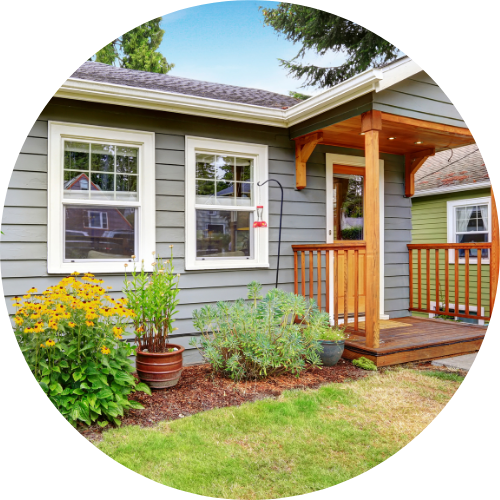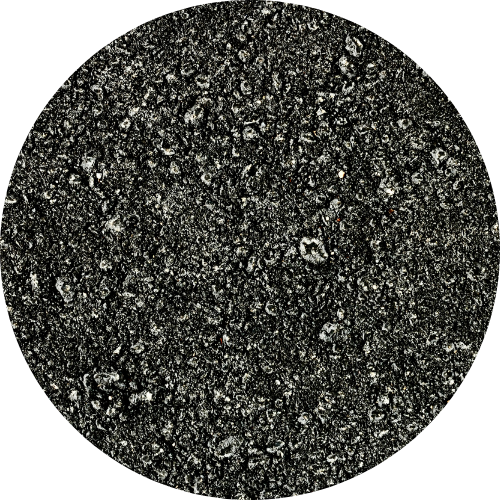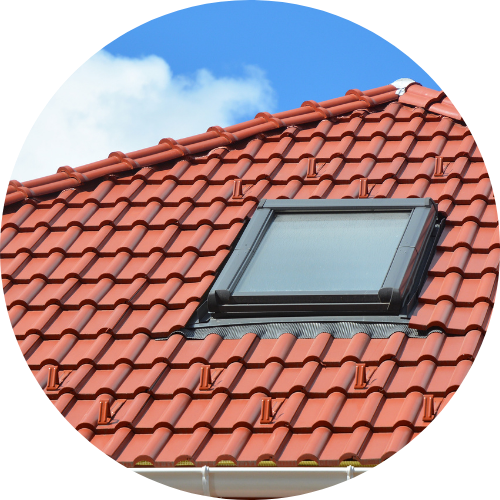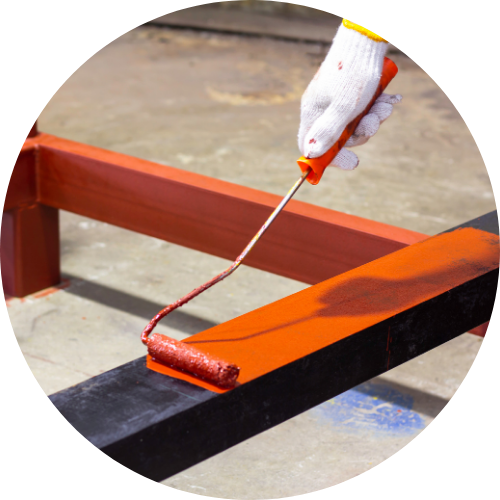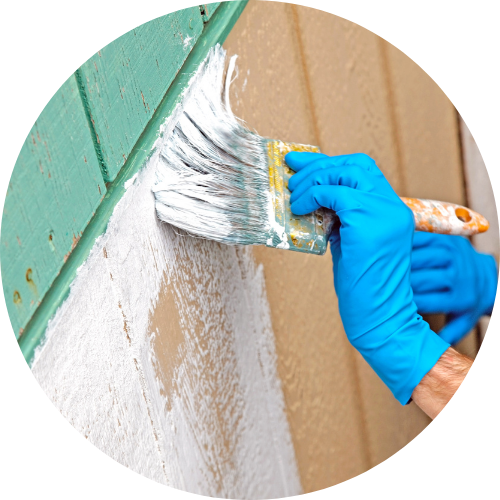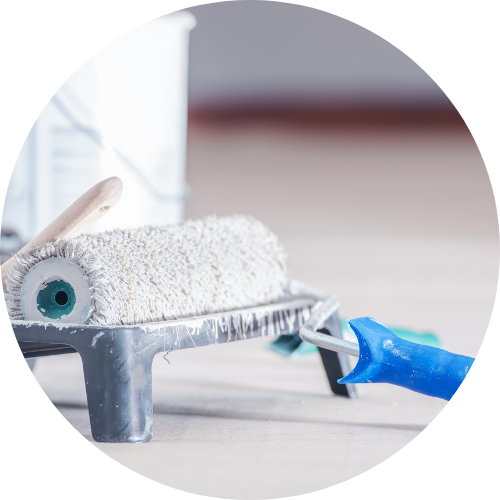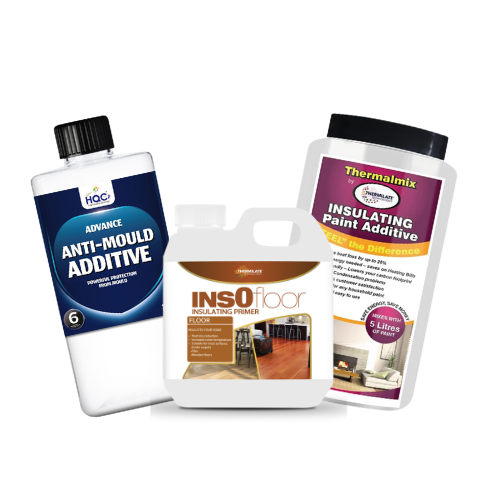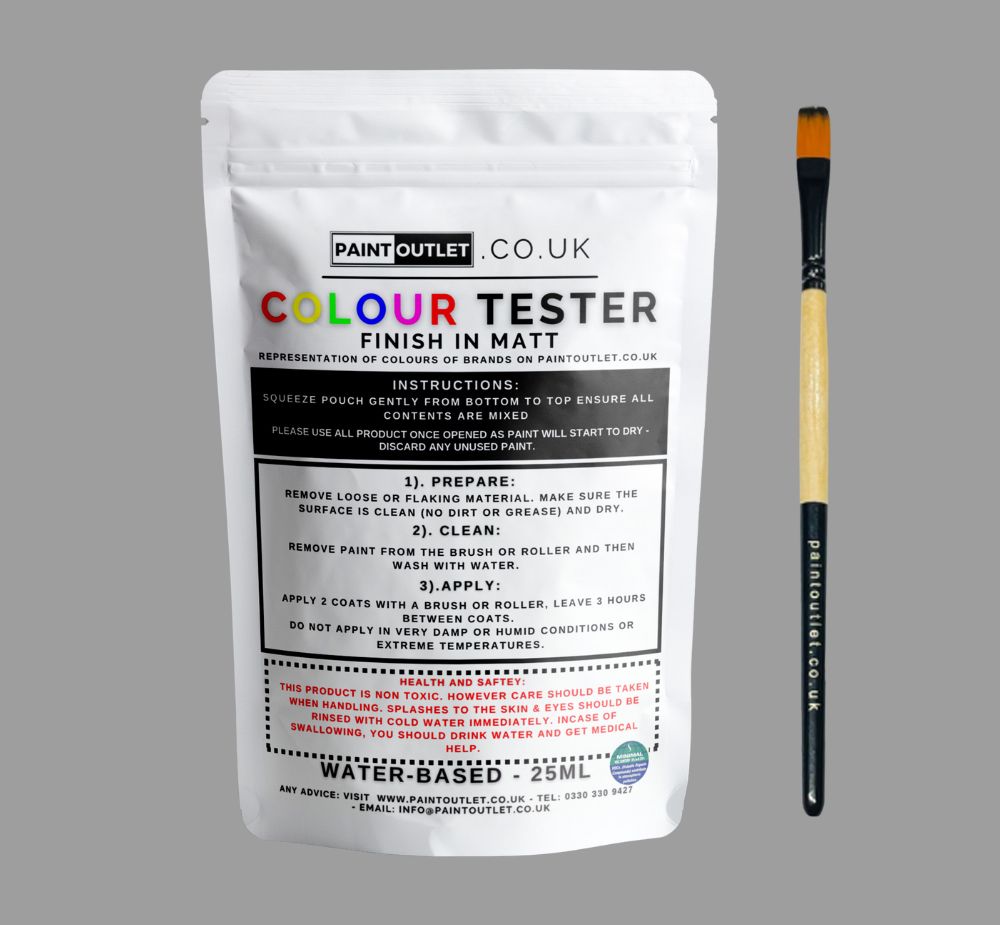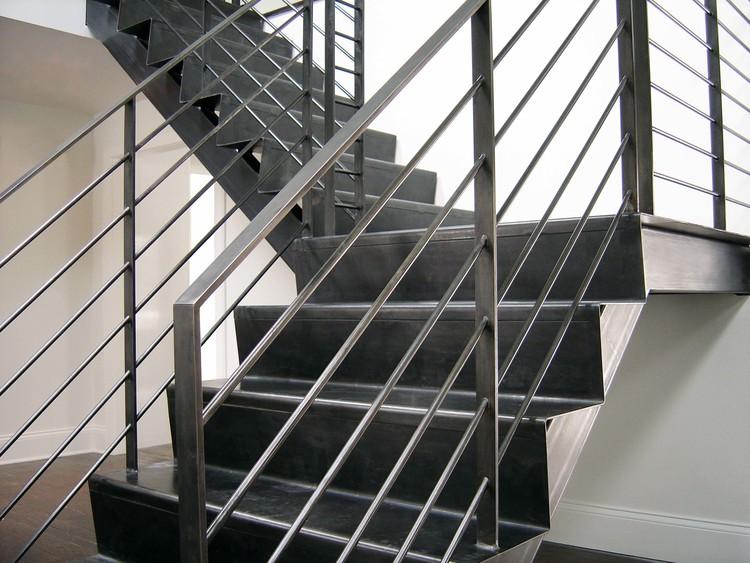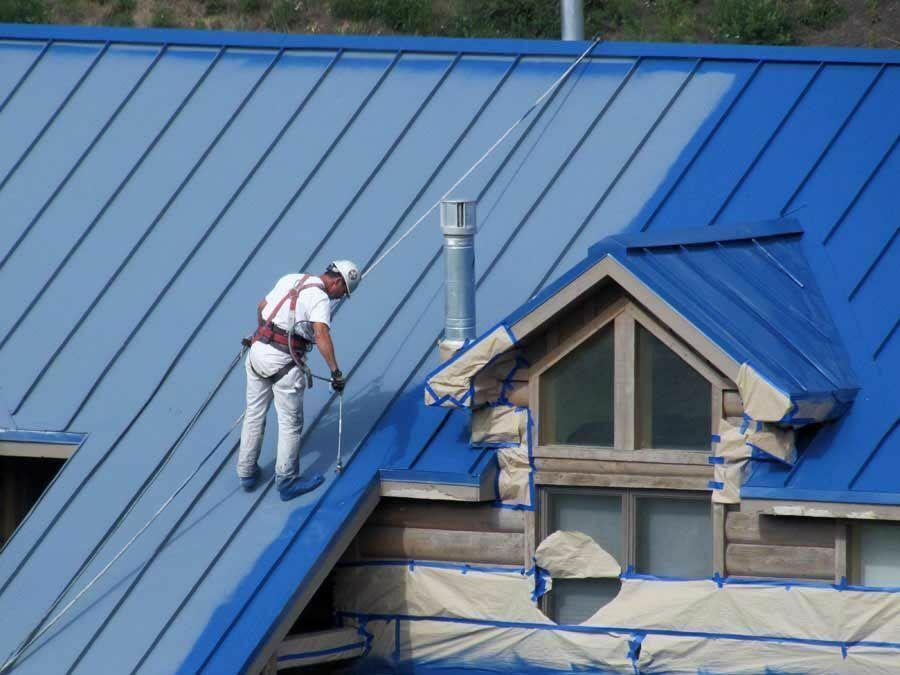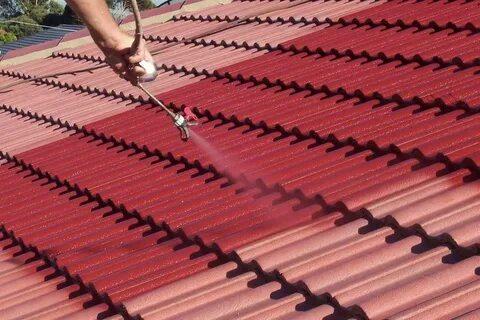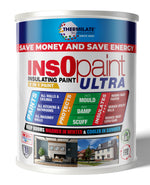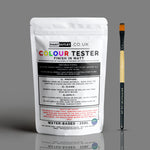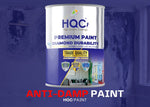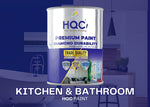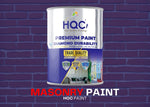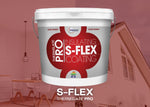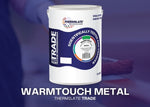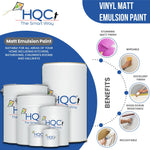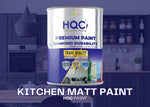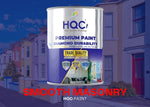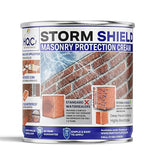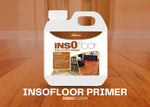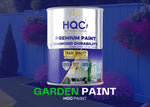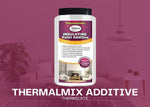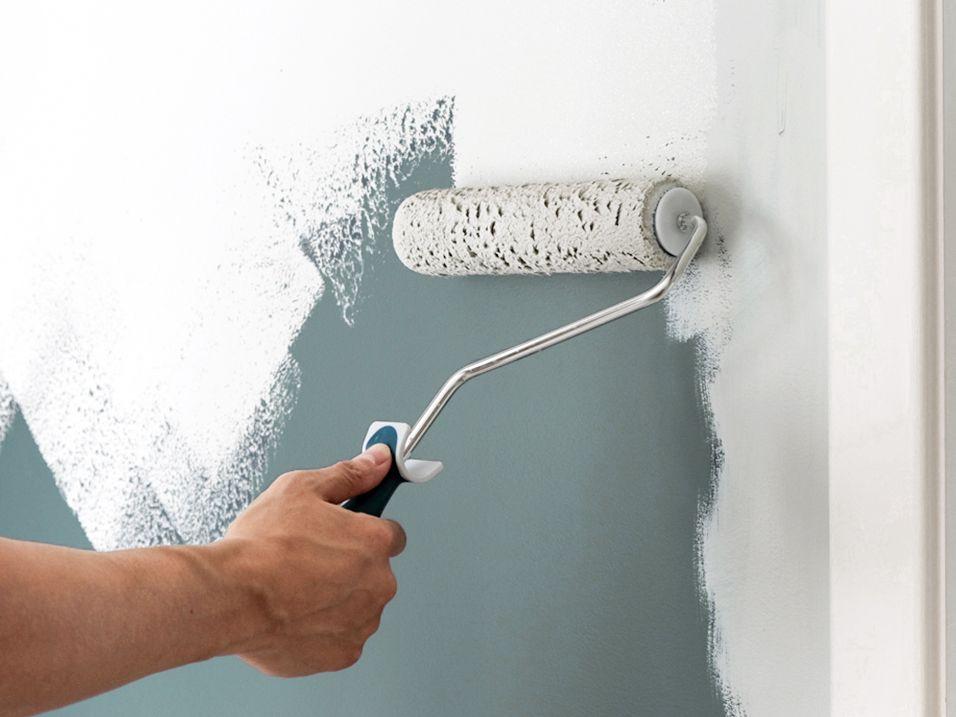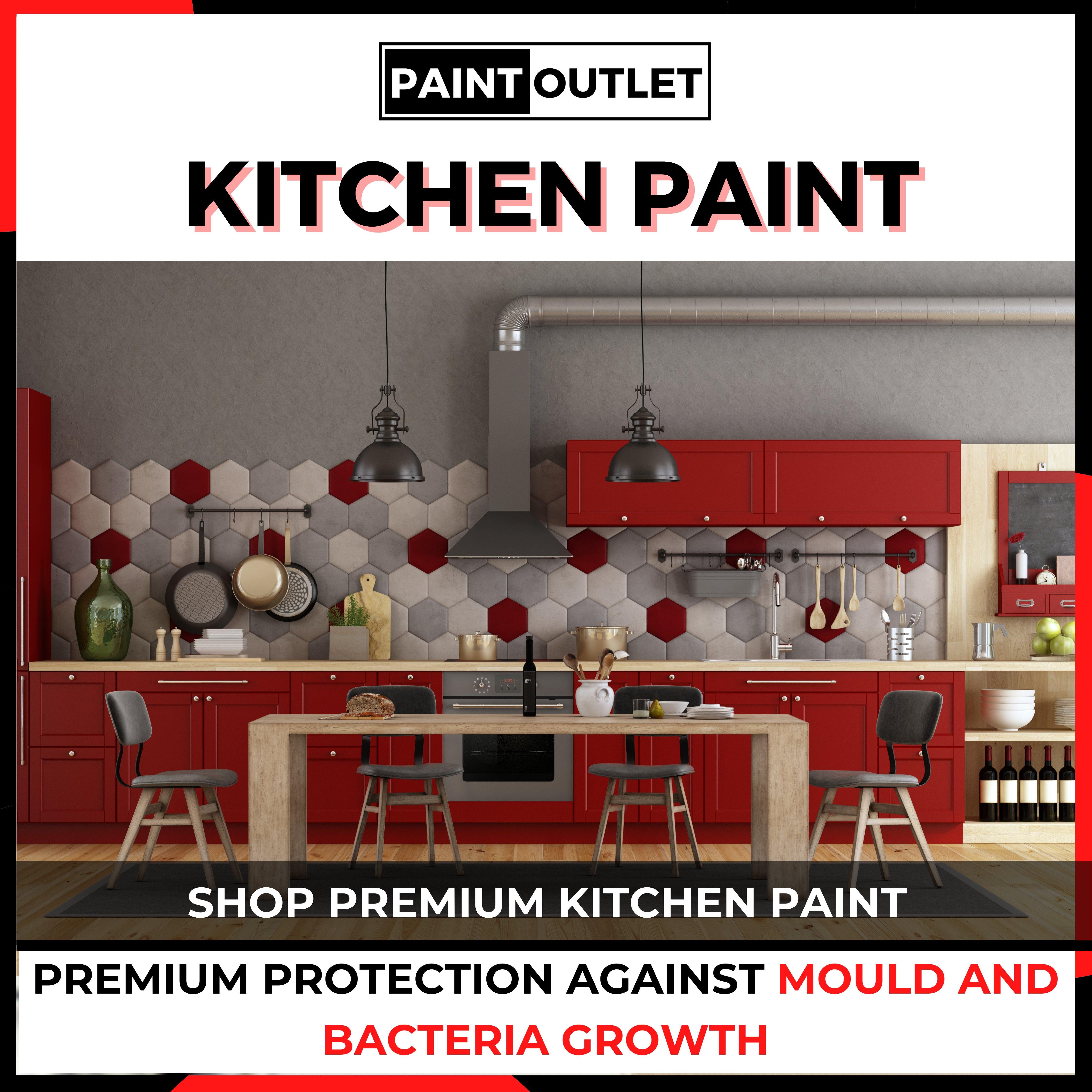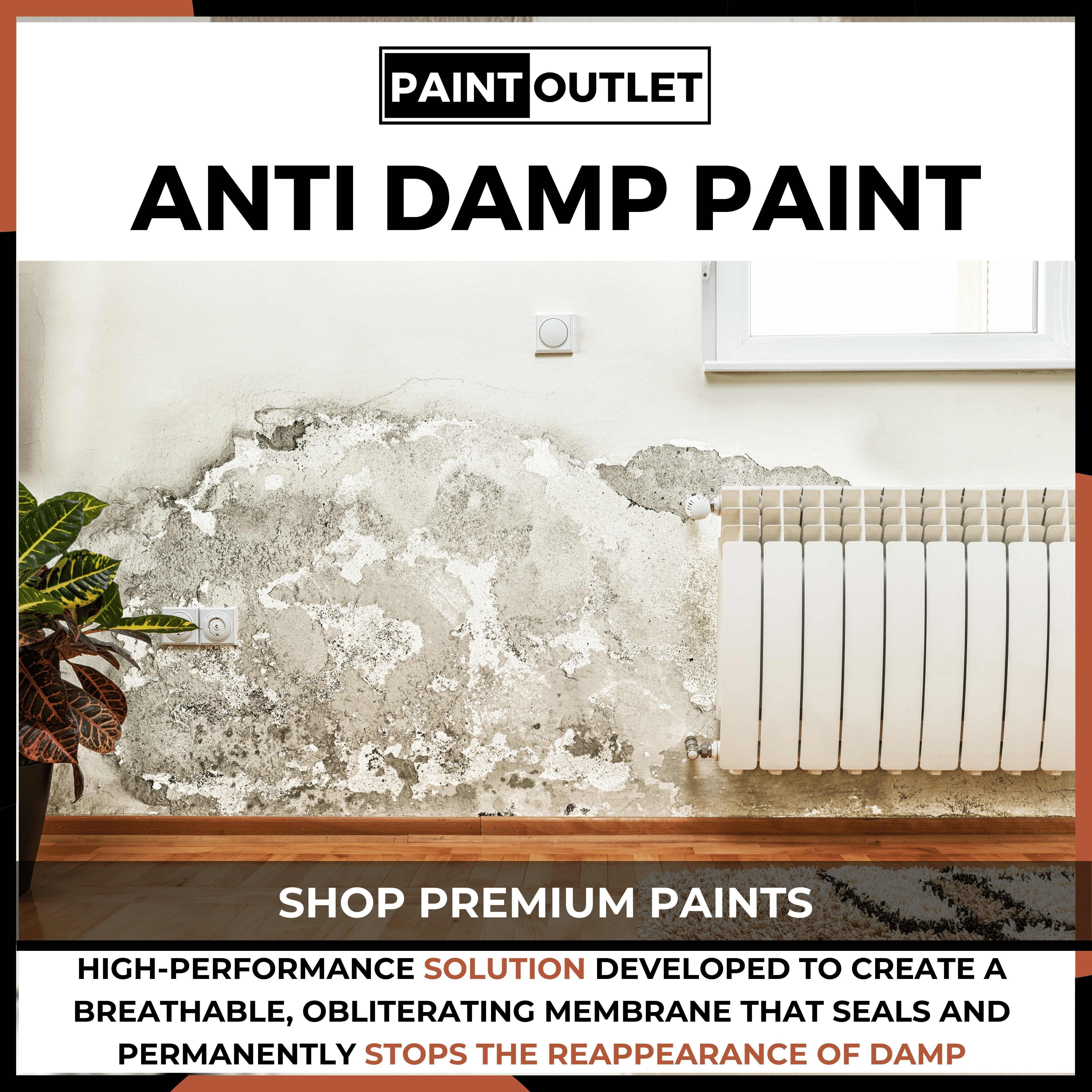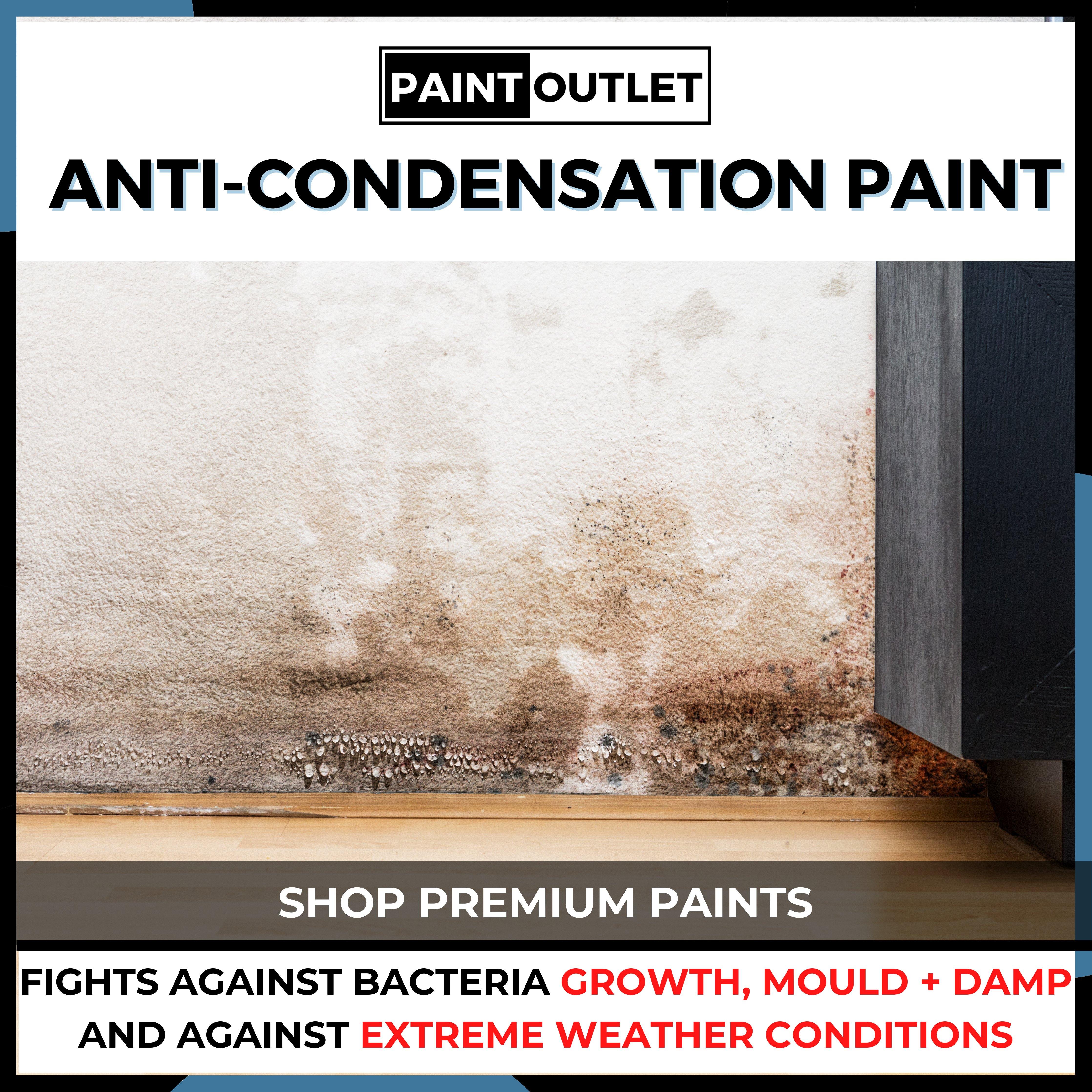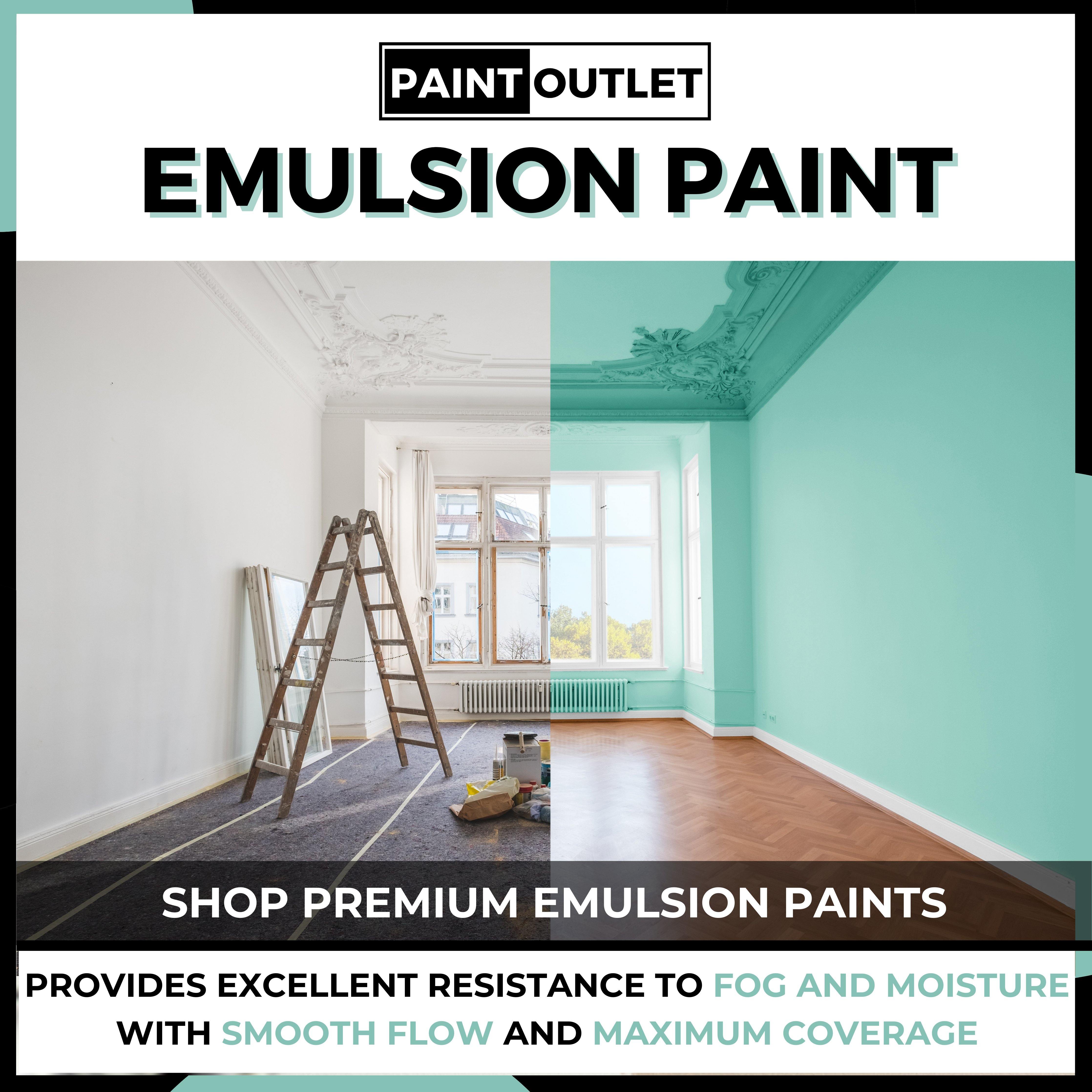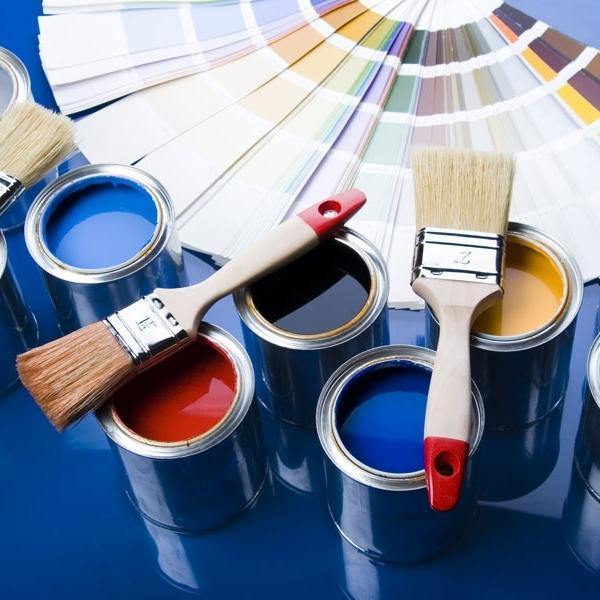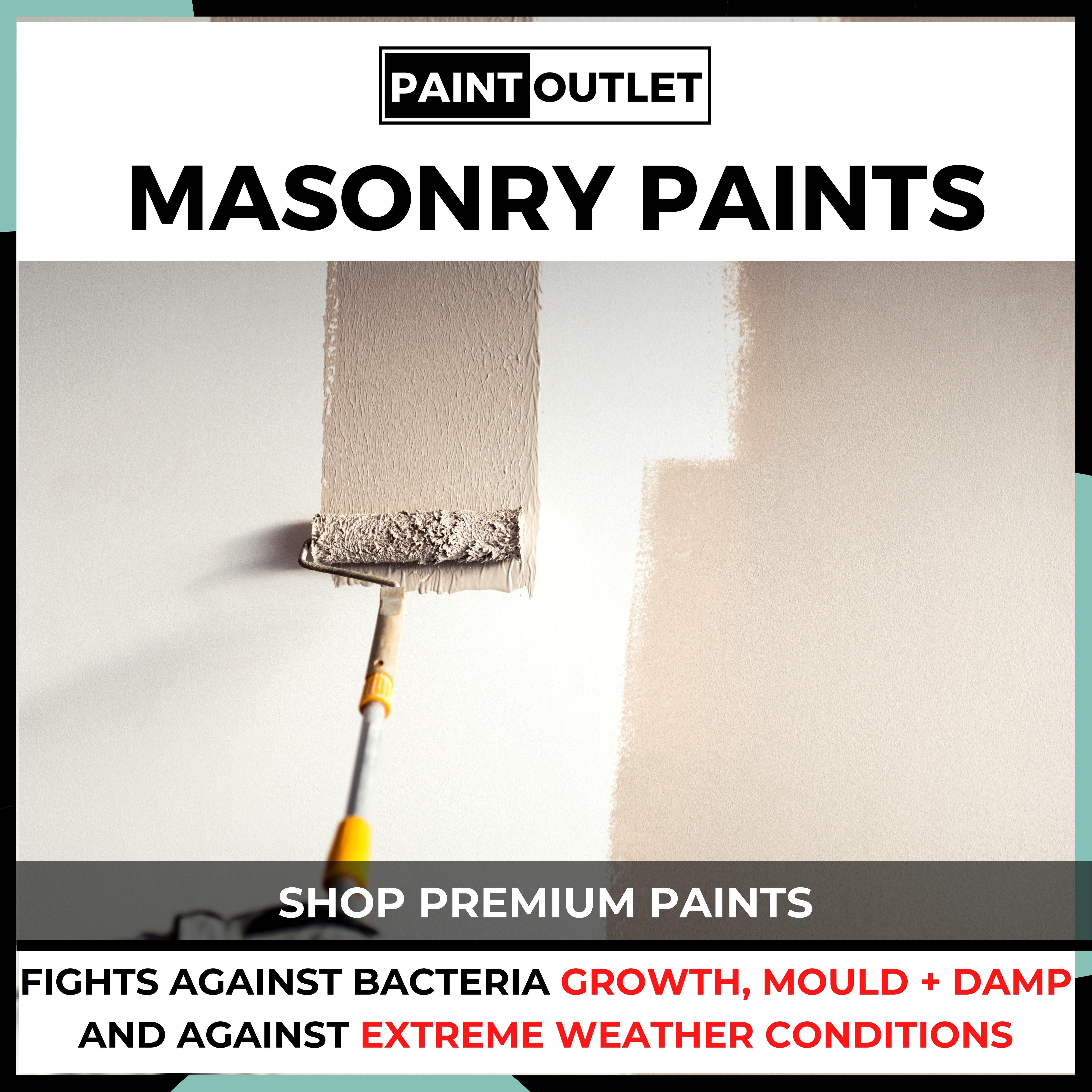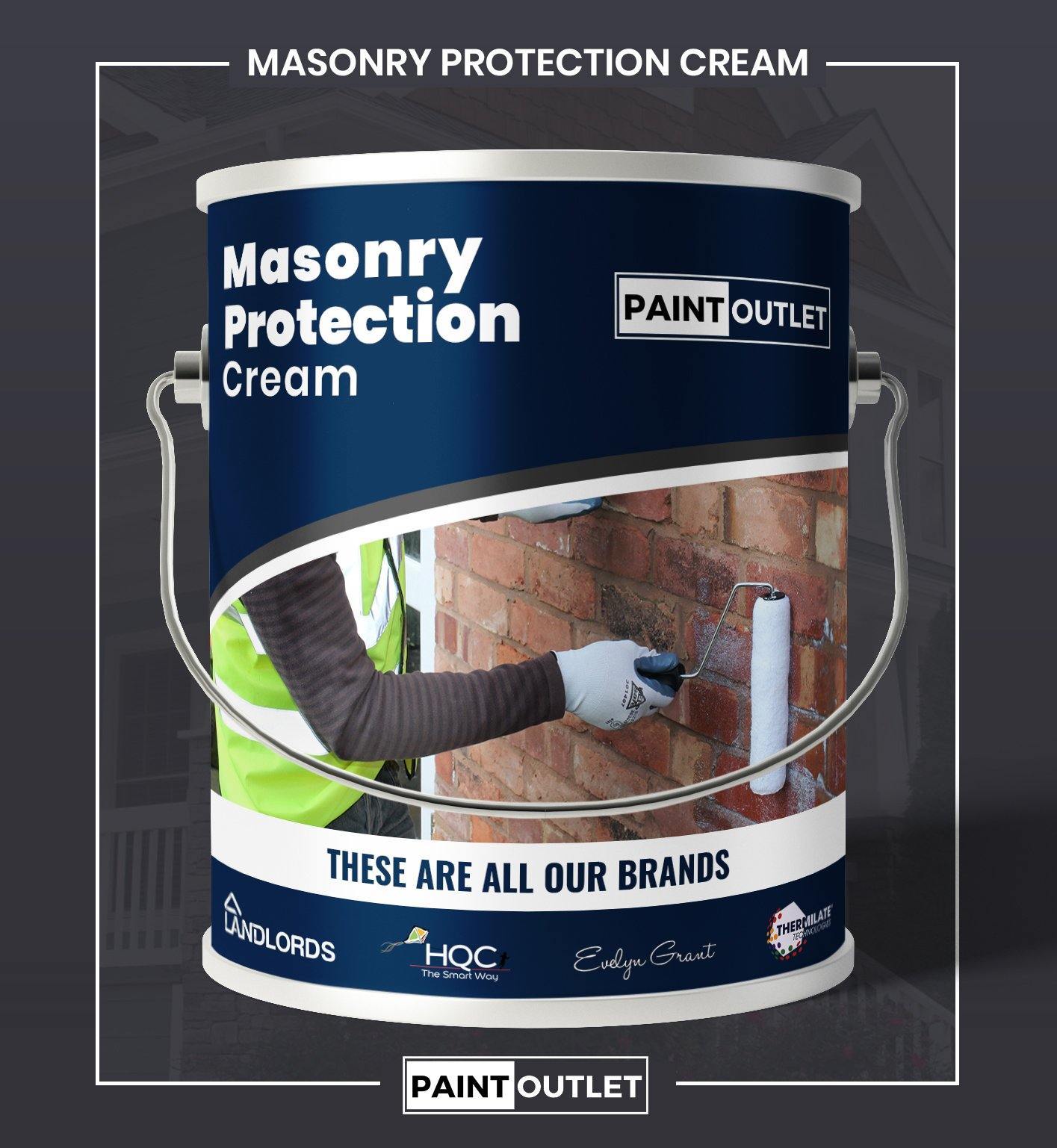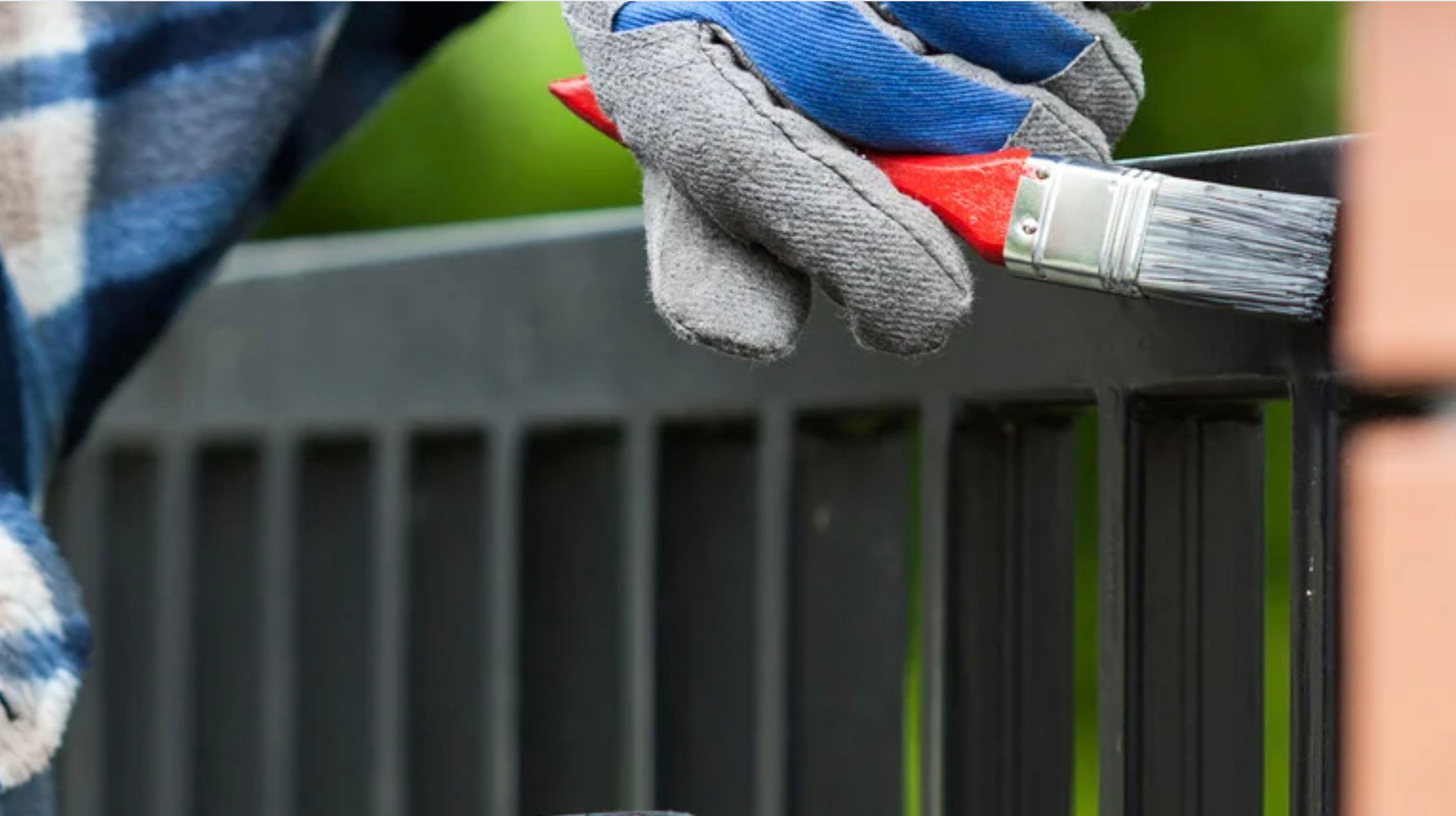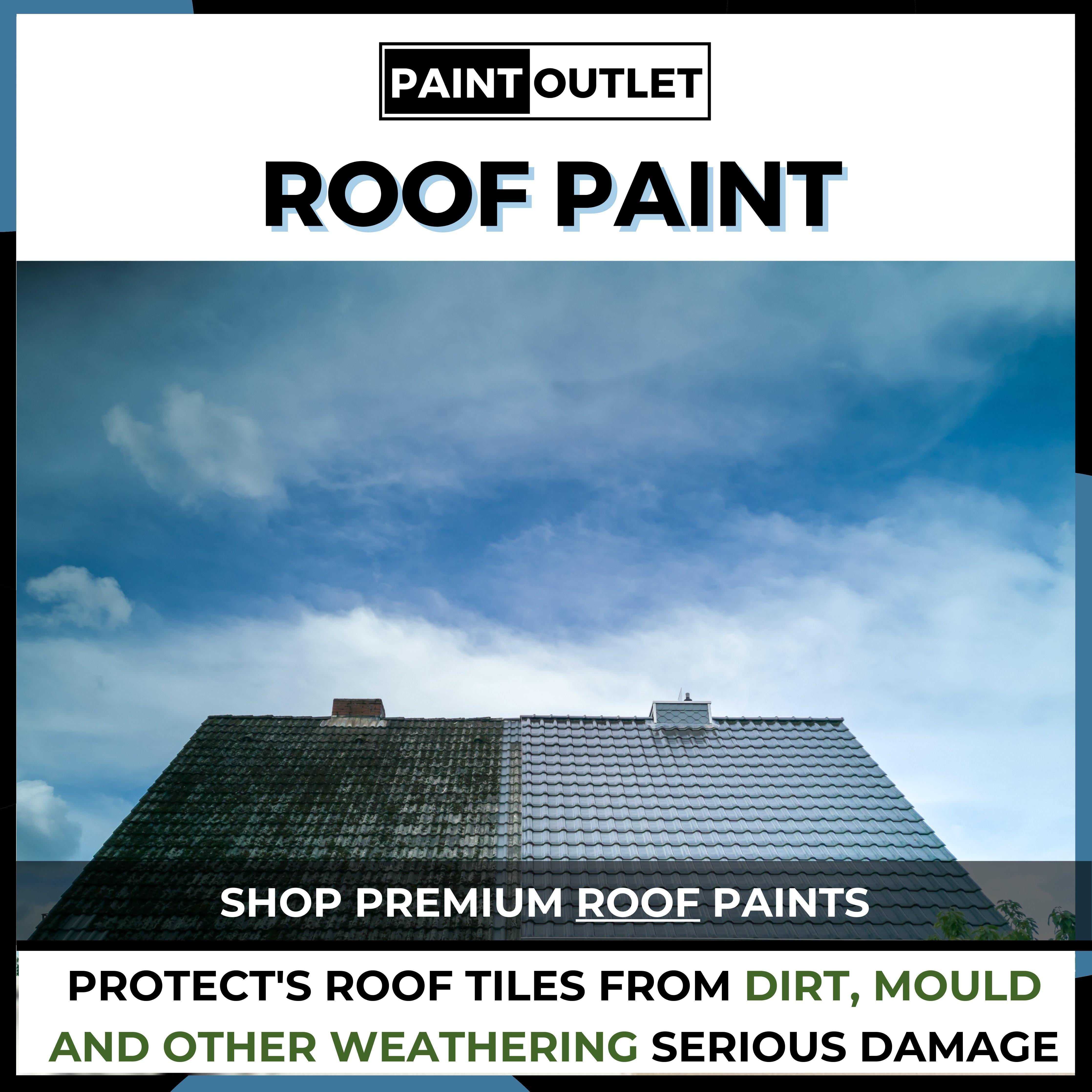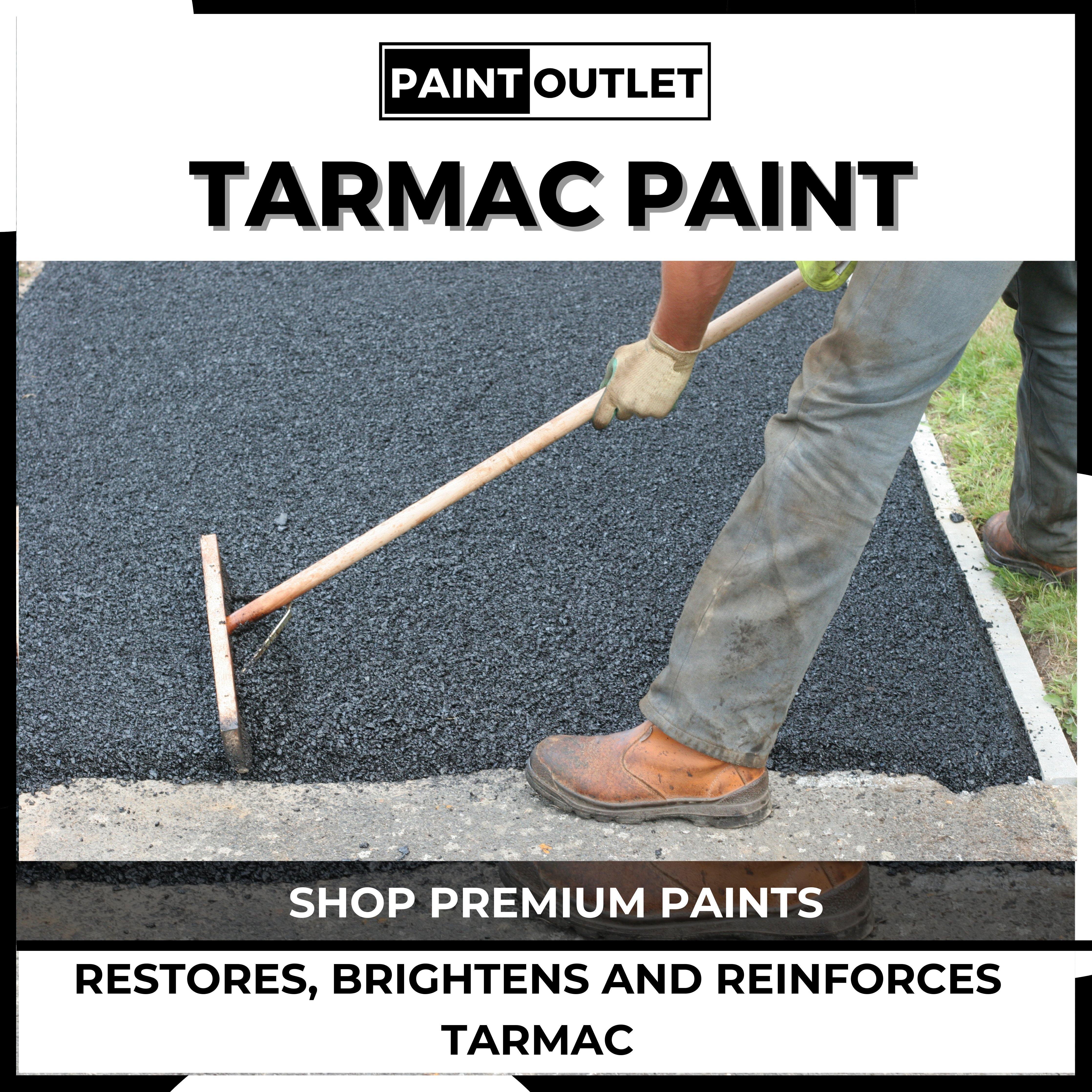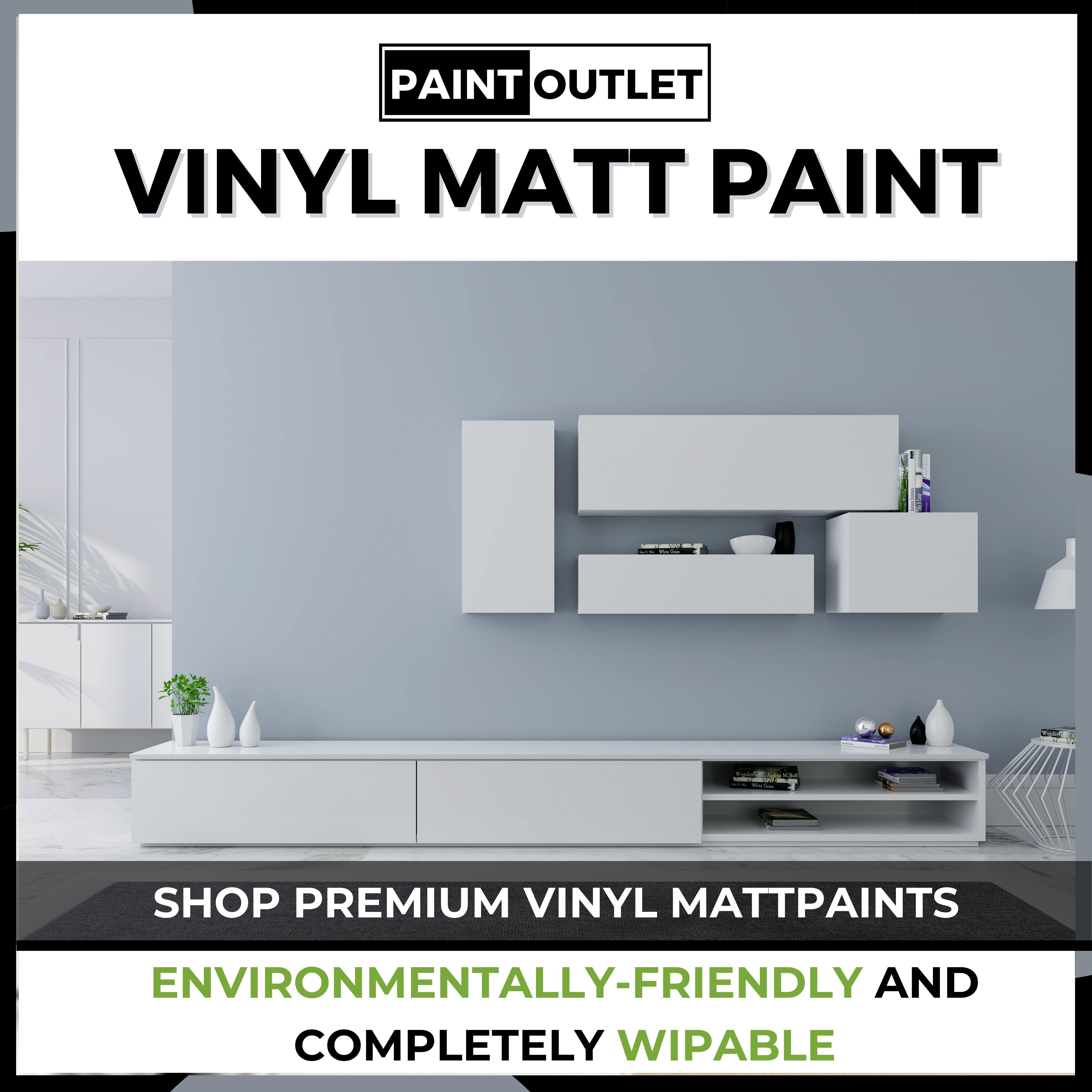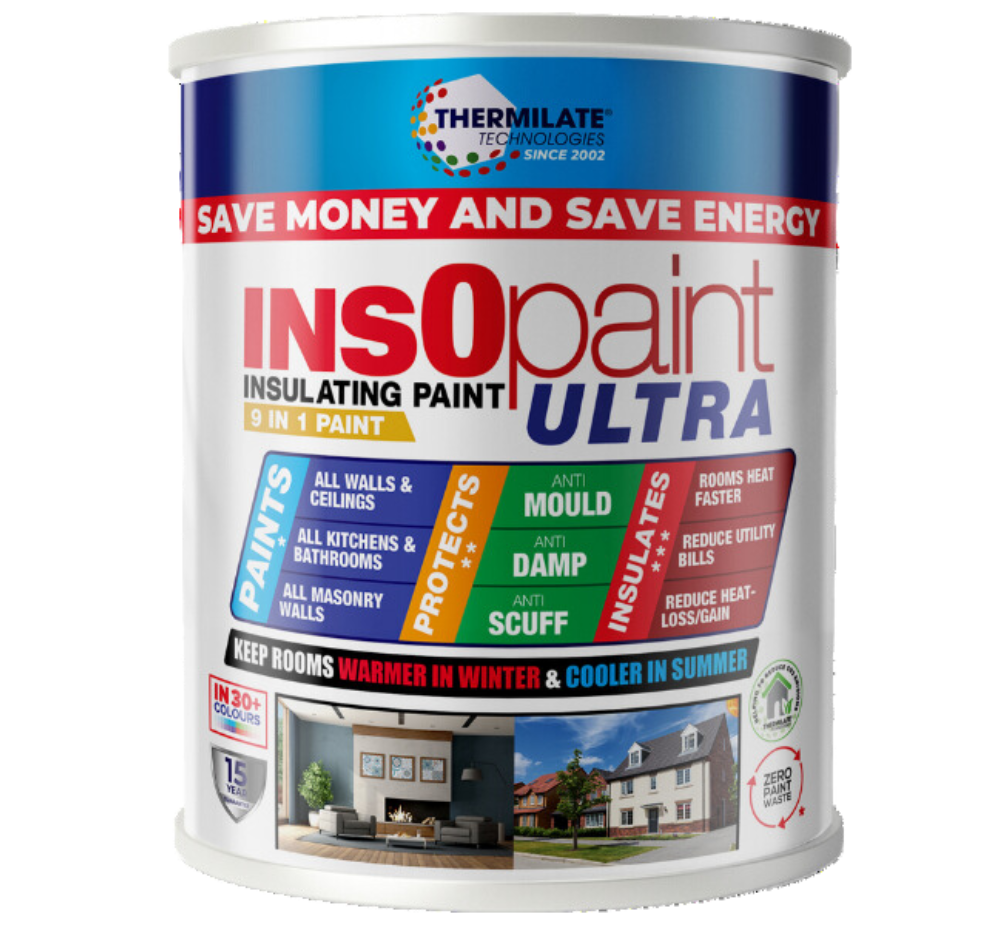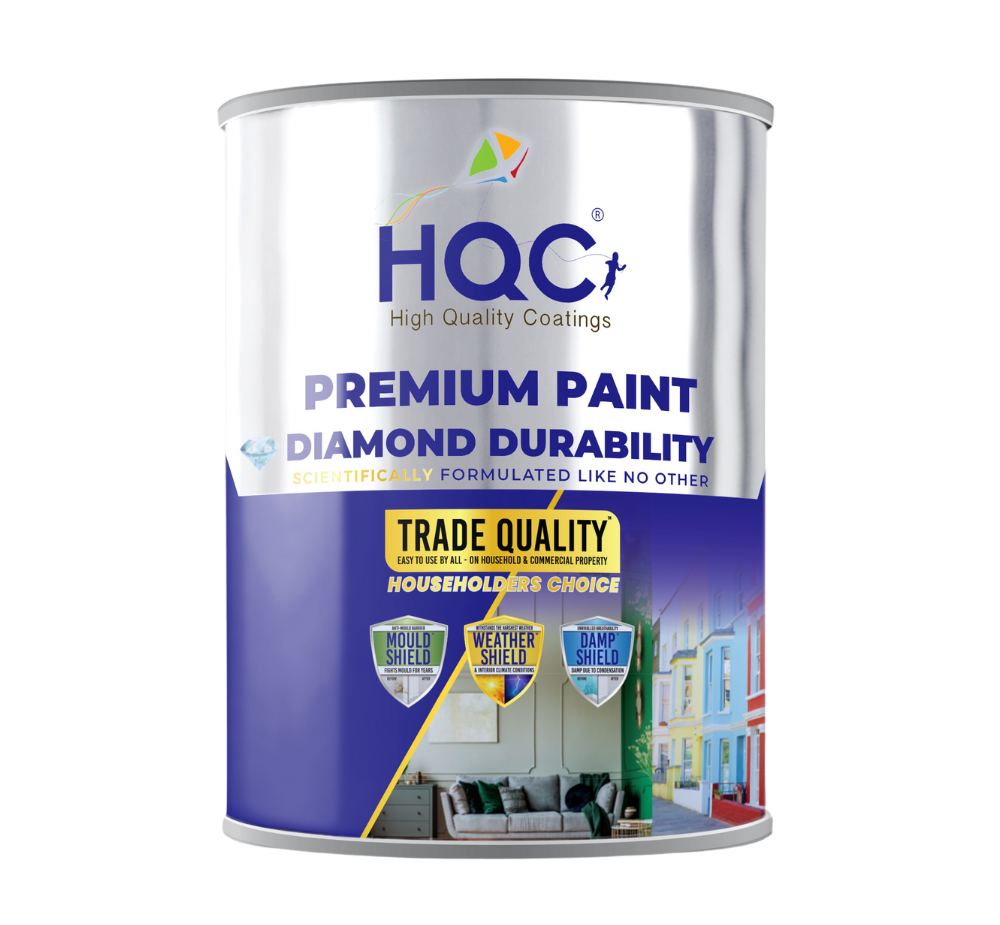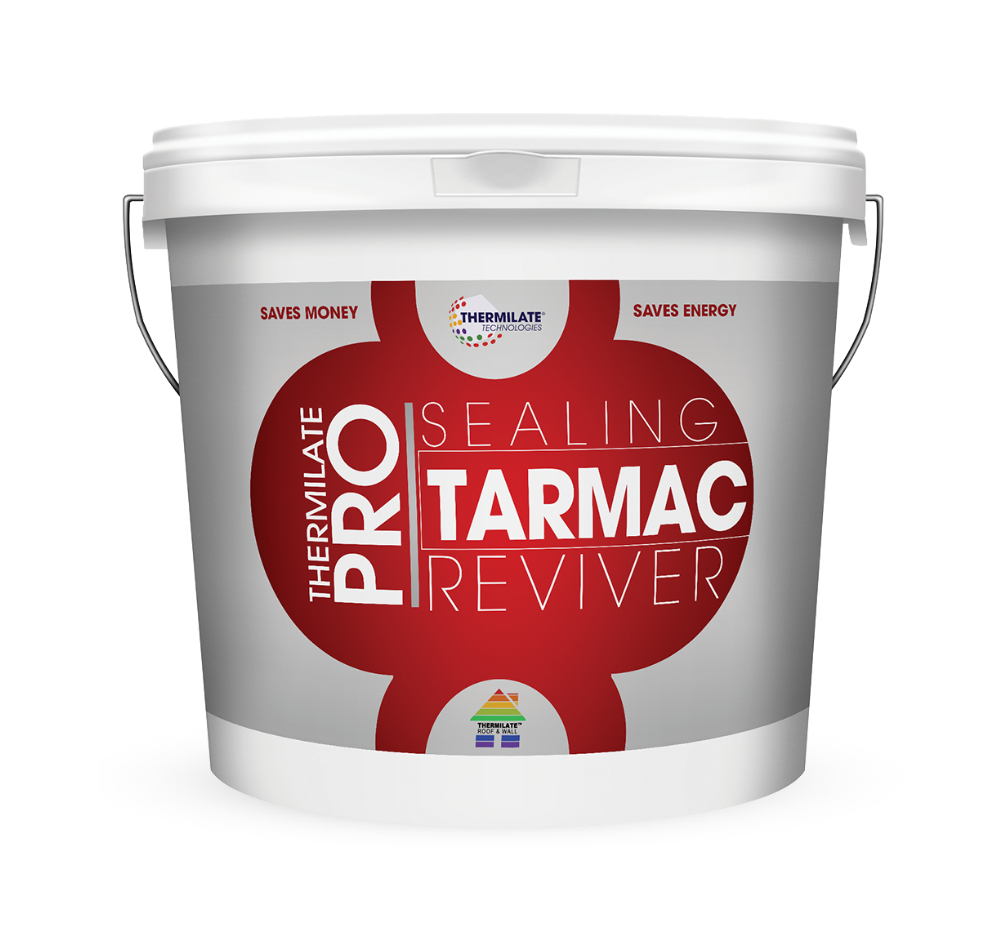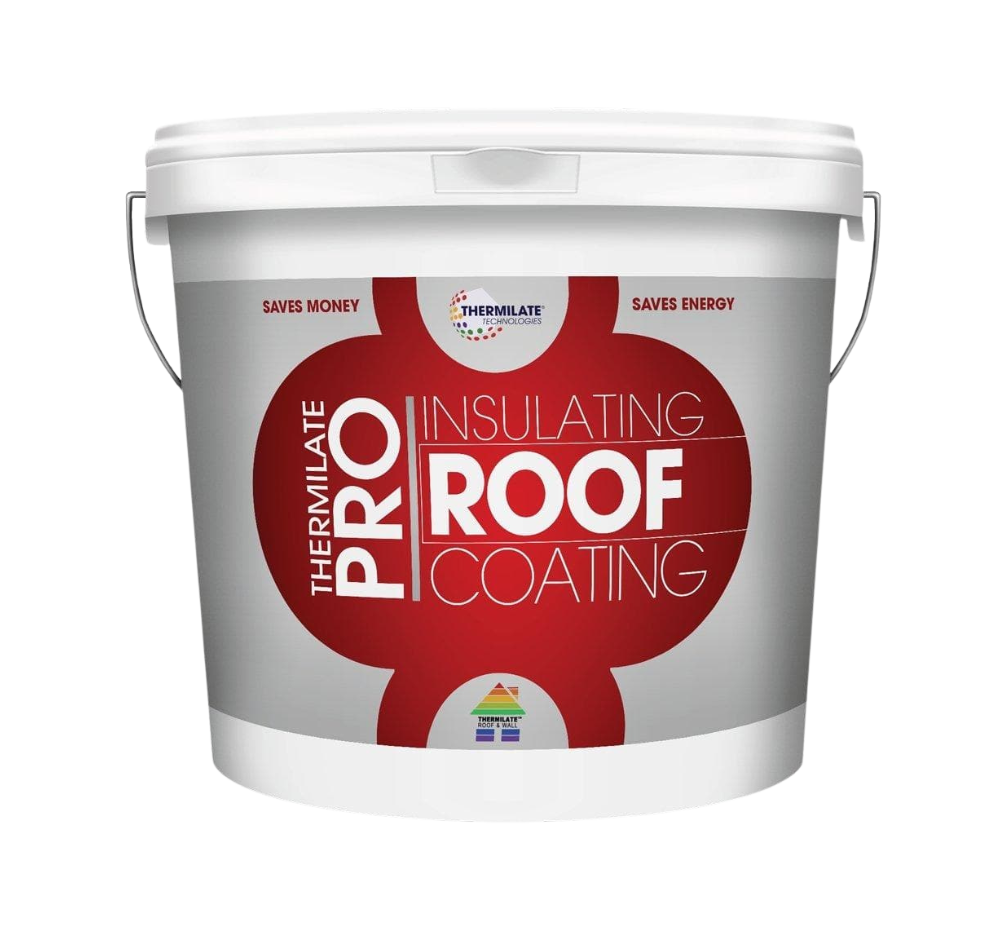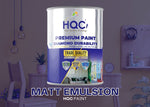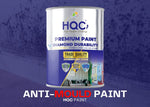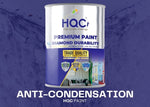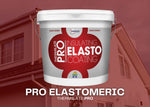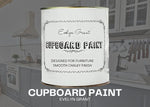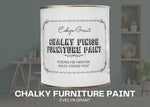Condensation, damp conditions, and mould development is a huge problem in the residential sector and all tall structures, which could violate health laws and cause serious health risks for residents. When your paint is responsible for protecting the walls in interior rooms in your home or property. The fluctuation of humidity levels from 30-70% can lead to moisture and mould formation on unprotected surfaces. Buildings and homes of any kind, with or without multiple floors, roofs, rooms, kitchens, baths, and bathtubs can create excessive humidity, which can lead to moisture and mould formation on unprotected surfaces. Indoor moisture and water resources must be managed to ensure theres less likey of leakage from pipes, drains and from the outside of the building, which can further increase the likelihood of condensation and mould formation.
The kitchen and bathroom, which are frequently used, could be one of the main areas where moisture accumulates and causes damage to interior spaces. Aside from the inner environment, the outside environment may also contribute to the creation of condensation.
Your property may also experience problems such as heat gain damage during the summer's intense heat and the extreme consistent rainy weather of the rainy season may pose serious moisture concerns to residential buildings' structural integrity. As a result, finding an appropriate and effective solution is essential for buildings, construction and the preservation of a healthy environment. If you can come up with a viable and practical solution to prevent the amount of maintenance these problems cause, the buildings reputation for lowering its carbon footprint will improve.
Thermilate technologies could be a perfect solution for this problem. Its research and development have used nanotechnology to manufacture the InsOpaint Anti Condensation Paint. This emulsion paint is scientifically proven for confronting harsh weather, heat gain and moisture and water damage. The incredible effectiveness in increasing the thermal insulation of residential buildings could reduce the amount of energy needing to be used to heat or cool your rooms in both hot and cold climates.
One or two coats of this water-based paint will create an unbreakable resistance against the penetration of moisture and water. The striking benefit of this paint in eliminating mould growth, condensation, and bacterial contamination could be tremendously beneficial for an eco-friendly environment.
The application of this paint is not limited to these benefits only, but the increased breathability could make housing more comfortable for residents to greater percentages.
Furthermore, Thermiates thermal barriers increase thermal insulation in your paint coating, meaning that in the winter or colder climates, the thermal barriers will help reduce heat loss by reflect heat back into the room resulting in less heat being lost to the outer environment, and during the summer, the thermal barriers will reflect too much heat from entering the building to prevent the room from becoming too uncomfortably hot. Consequently, this reduces the amount of energy needed for air conditioners and heaters in the winter and summer.
Thermilate coatings will allow you to maintain a comfortable ambient temperature, reduce energy costs, and provide ultimate moisture protection. This paint's weatherproof properties and strong protection from the elements make it the most finest and durable solution for a variety of issues





